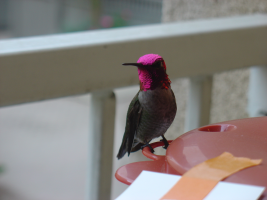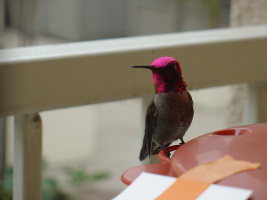- Scale: The relative scale between the two images. Usually close to 1.0, but might vary if two cameras were used with slightly different zoom or distance.
- Rotation: There may be a small relative rotation between the two images, either clockwise or counterclockwise. This can be tedious to determine manually.
- Eye axis: The direction relating the left eye to the right eye is usually left to right, but might be off by a small angle. For various special ad hoc stereoscopic techniques, such as 3D photos of the moon, determining this direction is very important. It is tedious and imprecise to determine this axis manually. Most folks just assume that the eye axis is perfectly horizontal and move on.
- Translation: Alignment in the left/right direction and in the up/down direction.
- Up/down: There is a single clear value for the correct alignment in the up/down direction, perpendicular to the eye axis. This value can be determined manually, but should be amenable to automatic determination as well.
- Left/right: Alignment along the eye-axis varies from pixel to pixel depending upon the depth of the subject. This is how 3D photos work. Determining left/right alignment may be the hardest part to automate.
- Up/down: There is a single clear value for the correct alignment in the up/down direction, perpendicular to the eye axis. This value can be determined manually, but should be amenable to automatic determination as well.
- Brightness and color balance: Especially when the two images are taken with two cameras, as in my set-up, the two images may differ in brightness and color balance. These differences should be corrected before generating a final stereo pair.


The images above are a typical example of a raw stereoscopic pair. The two images obviously differ in color balance, vertical alignment, and horizontal alignment.
I will attempt to attack the problem of determining each parameter in turn, in subsequent posts.
No comments:
Post a Comment